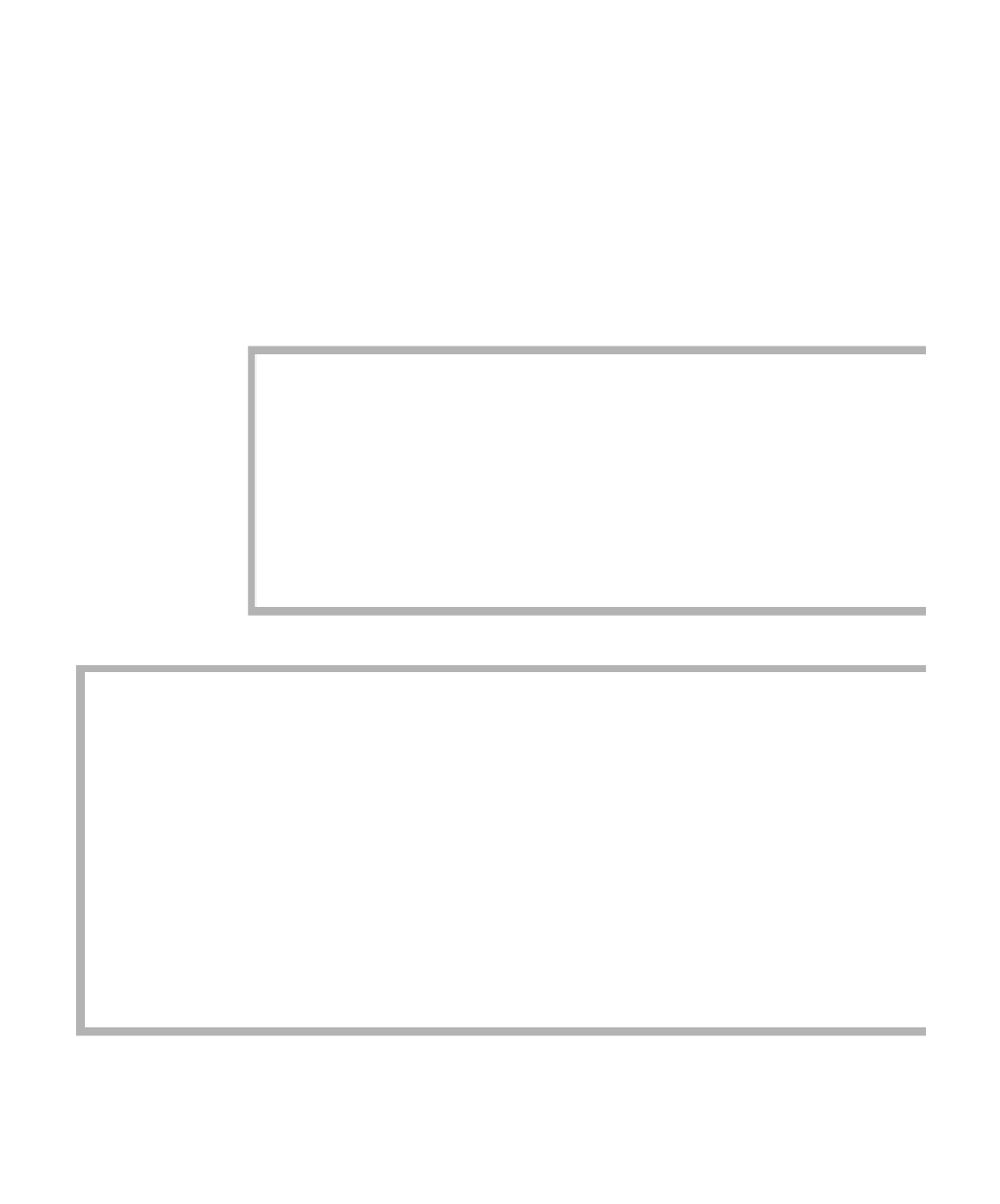Java Reference
In-Depth Information
Thus
doubleQueue
steps through the old array and copies each item to the
new part of the array at lines 11-12. Then we reset
back
at line 16. The
dequeue
and
getFront
routines are shown in Figure 16.16; both are short. Finally, the
makeEmpty
routine is shown in Figure 16.17. The queue routines clearly are
constant-time operations, so the cost of array doubling can be amortized over
the sequence of
enqueue
operations, as for the stack.
The circular array implementation of the queue can easily be done incor-
rectly when attempts to shorten the code are made. For instance, if you
attempt to avoid using the
size
member by using
front
and
back
to infer the
size, the array must be resized when the number of items in the queue is 1 less
than the array's size.
1
/**
2
* Insert a new item into the queue.
3
* @param x the item to insert.
4
*/
5
public void enqueue( AnyType x )
6
{
7
if( currentSize == theArray.length )
8
doubleQueue( );
9
back = increment( back );
10
theArray[ back ] = x;
11
currentSize++;
12
}
figure 16.14
The
enqueue
routine
for the
ArrayQueue
class
1
/**
2
* Internal method to expand theArray.
3
*/
4
private void doubleQueue( )
5
{
6
AnyType [ ] newArray;
7
8
newArray = (AnyType []) new Object[ theArray.length * 2 ];
9
10
// Copy elements that are logically in the queue
11
for( int i = 0; i < currentSize; i++, front = increment( front ) )
12
newArray[ i ] = theArray[ front ];
13
14
theArray = newArray;
15
front = 0;
16
back = currentSize - 1;
17
}
figure 16.15
Dynamic expansion for the
ArrayQueue
class

Search WWH ::

Custom Search